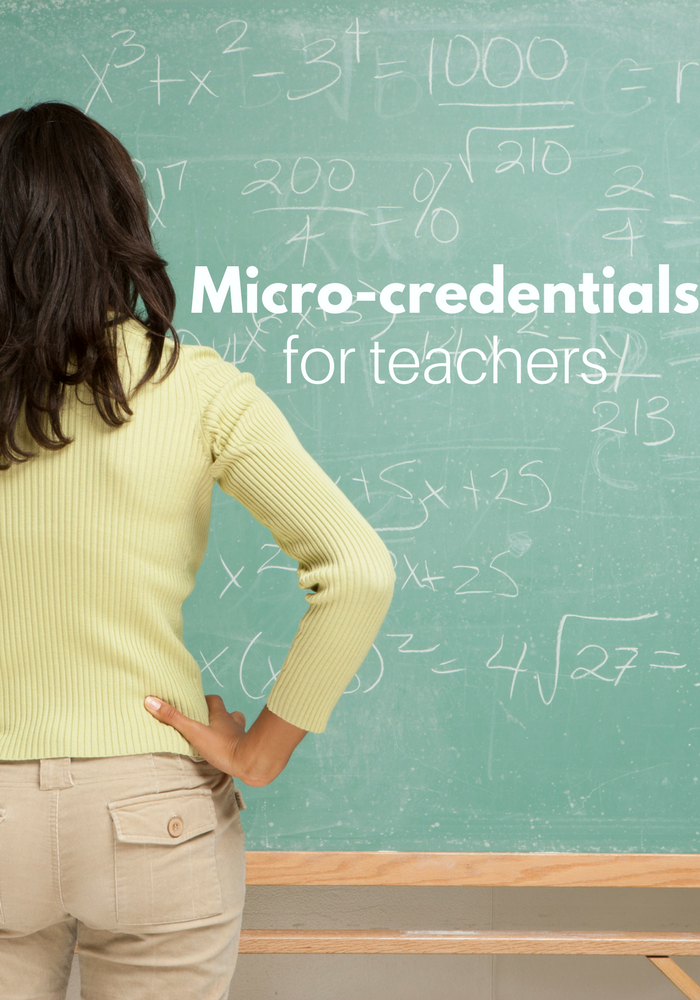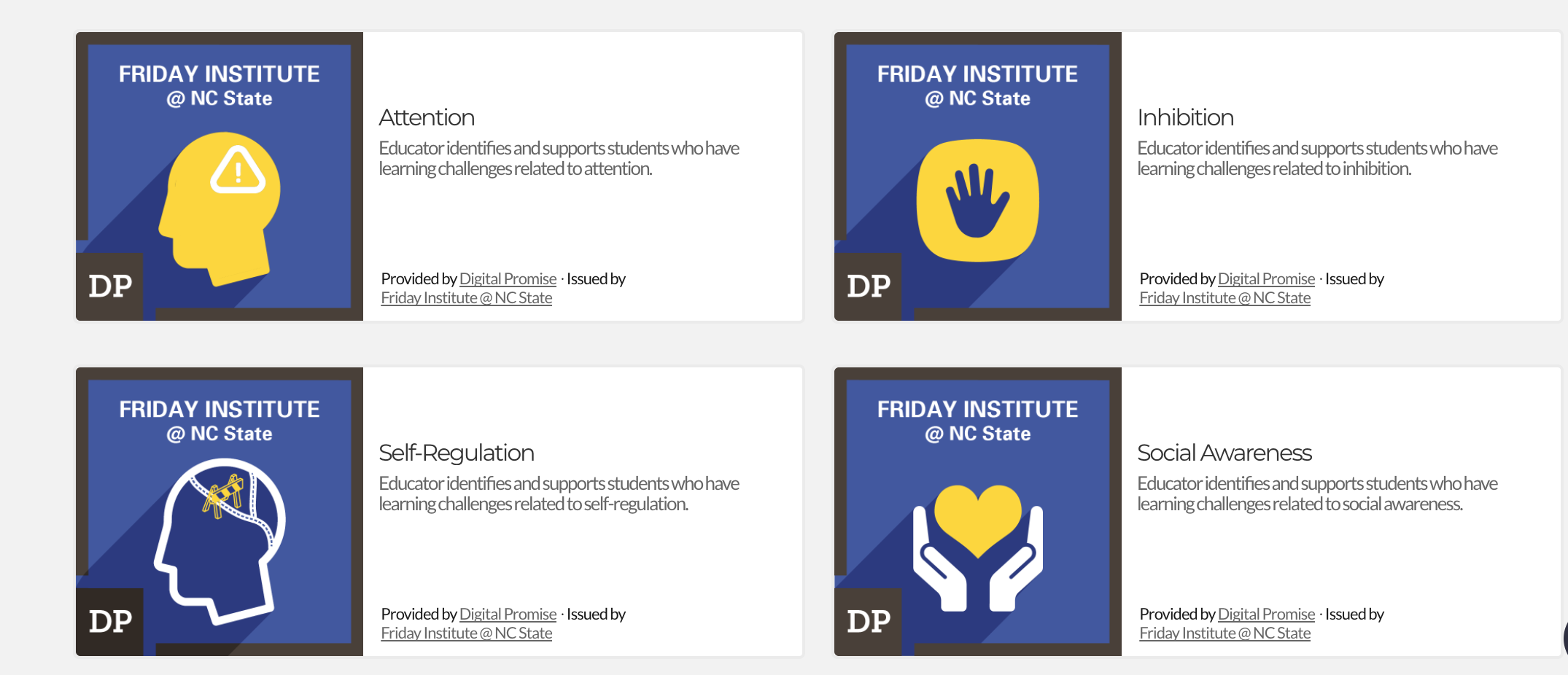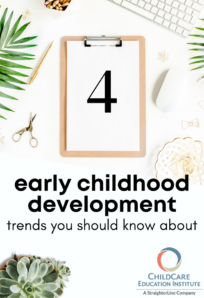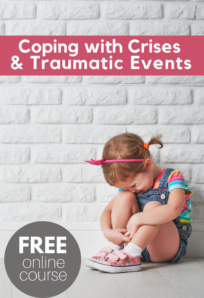
This post is in partnership with We Are Teachers.
When I was asked by We Are Teachers to learn more about Digital Promise and their Learning Differences Micro-credentials for teachers and write about it in a sponsored post, I was completely in the dark about what a micro-credential even was. I mean I am smart I can guess but how do they work, how do teachers do this, and who is paying for it?
As a graduate student, I am keenly aware of how to earn credit for learning, as a graduate student who has stepped out of her classroom to complete these credits I am also keenly aware of how much time studying takes. What takes up a huge chunk of my time as a grad student in education is finding sources and reading ( so so much reading), sometimes reading whole studies just to find out it has no information I can use.
Being a teacher no matter the age group is incredibly time-consuming and when you have students with specific needs the little time you may have to research how to help them is used up quickly. But wait, you have to do professional development too and sometimes that professional development is just what you need, but often it’s a topic that doesn’t apply to you right now, and you’d much rather be using that time to research what you do need to know.
Digital promise and its micro-credentials addresses just that!
To find out more I signed up at Digital Promise for my own free account and started poking around. I looked through topics I consider myself well versed in and looked at what information was shared, it impressed me. The topics are well researched, there are links back to the research, which shouldn’t be too surprising since some of the micro-credentials can even earn you graduate credit!

Micro-credentials are tailored to specific topics, and you can choose what is relevant to you. There are more than 300 topics divided into stacks. The Learning Differences stack of courses include topics like :
These micro-credentials provide instructional strategies, background research, and the resources needed for the teacher to use as they then complete assignments and submit artifacts to show they have a mastery of the topic.
Who can access the micro-credentials?
Anyone. You don’t need to be a teacher in a school district to access the micro-credentials.
Homeschooling parents, education students, and preschool teachers at small independent school can access them as well. The research and resources each topic has are well worth accessing even if you do not complete the micro-credential. Learning more about these topics helps to make us better teachers.
For teachers in a school-age classroom, I think this is even more valuable. Many states (Illinois, Maryland, Massachusetts, Montana, New York, North Carolina, Tennesee, Texas, and Wyoming) recognize the micro-credentials as formal professional development.
To earn a micro-credential, educators:
1. Select a specific skill or area in which they want to develop and demonstrate competency, or an area or skill they already possess competence in.
2. Collect the required evidence as articulated in the micro-credential (e.g. videos, audio, writing samples, samples of student work, reflections from students and/or teachers etc.)
3. Submit their evidence through the online platform. It will be assessed and feedback will be given, if you failed to meet the requirement you can resubmit.
What are the benefits over traditional PD?
They are on demand, with no schedule to worry about. You learn when you can – like probably not when report cards are due!
Micro-credentials are personalized and relevant, you choose the topics you need to learn. They are engaging. The resources include scholarly articles, media articles, as well as in many cases videos. Whether you can earn PD hours for them or not, I don’t doubt that they will help you become a better teacher. We KNOW teaching is hard, and teaching well is even harder. Digital Promise has made it a little easier for us to find ways to help our students.
What does it cost?
This is a non-profit and the micro-credentials have no cost. If you are seeking to earn graduate credit, then the institution that you are enrolled in assigns a cost on their end.
Find Digital Promise on their social channels here :
Twitter: @Digital Promise
Facebook @DigitalPromise
Pinterest: @DigitalPromise
Instagram: @DigitalPromise




Leave a Comment